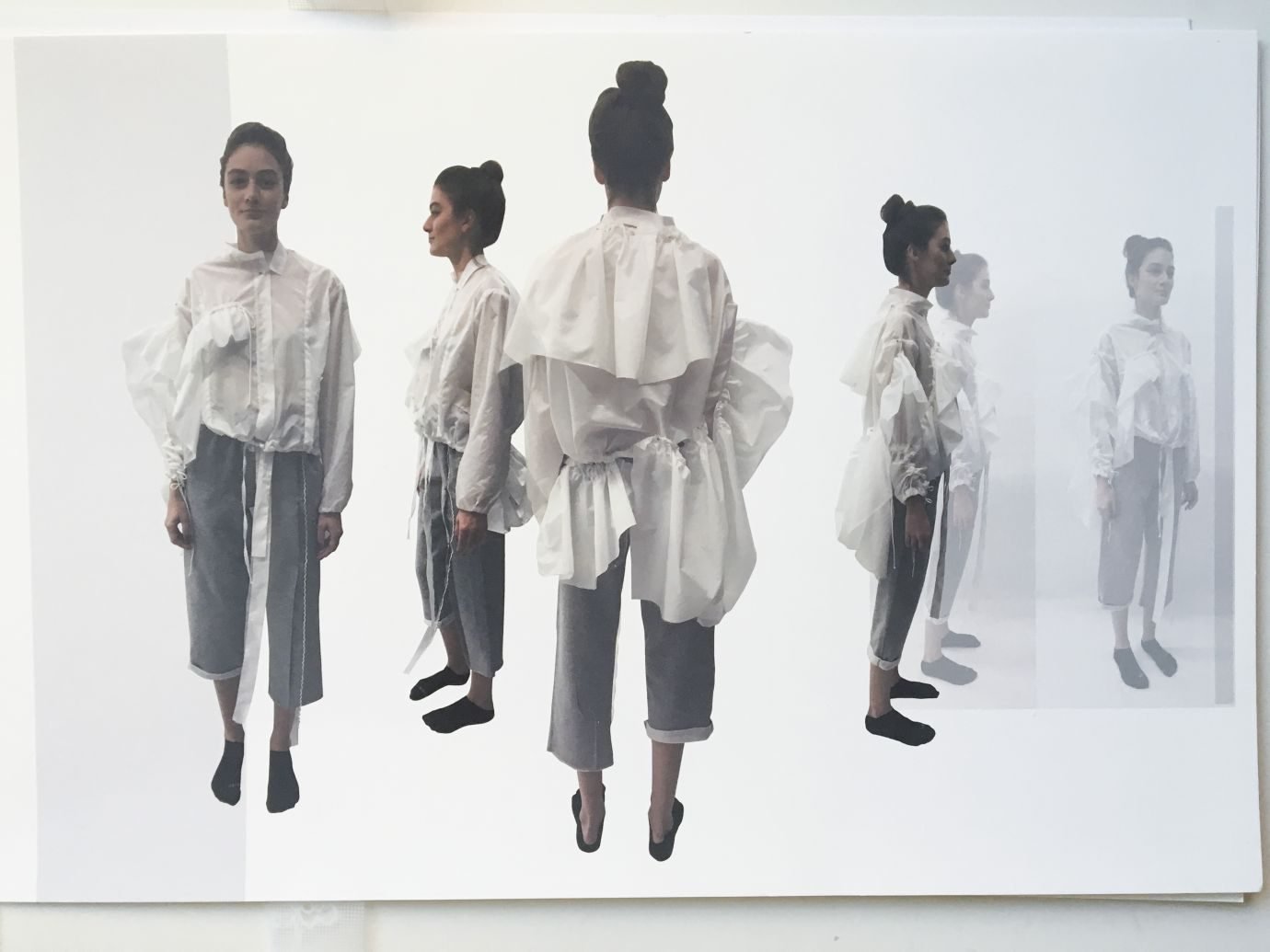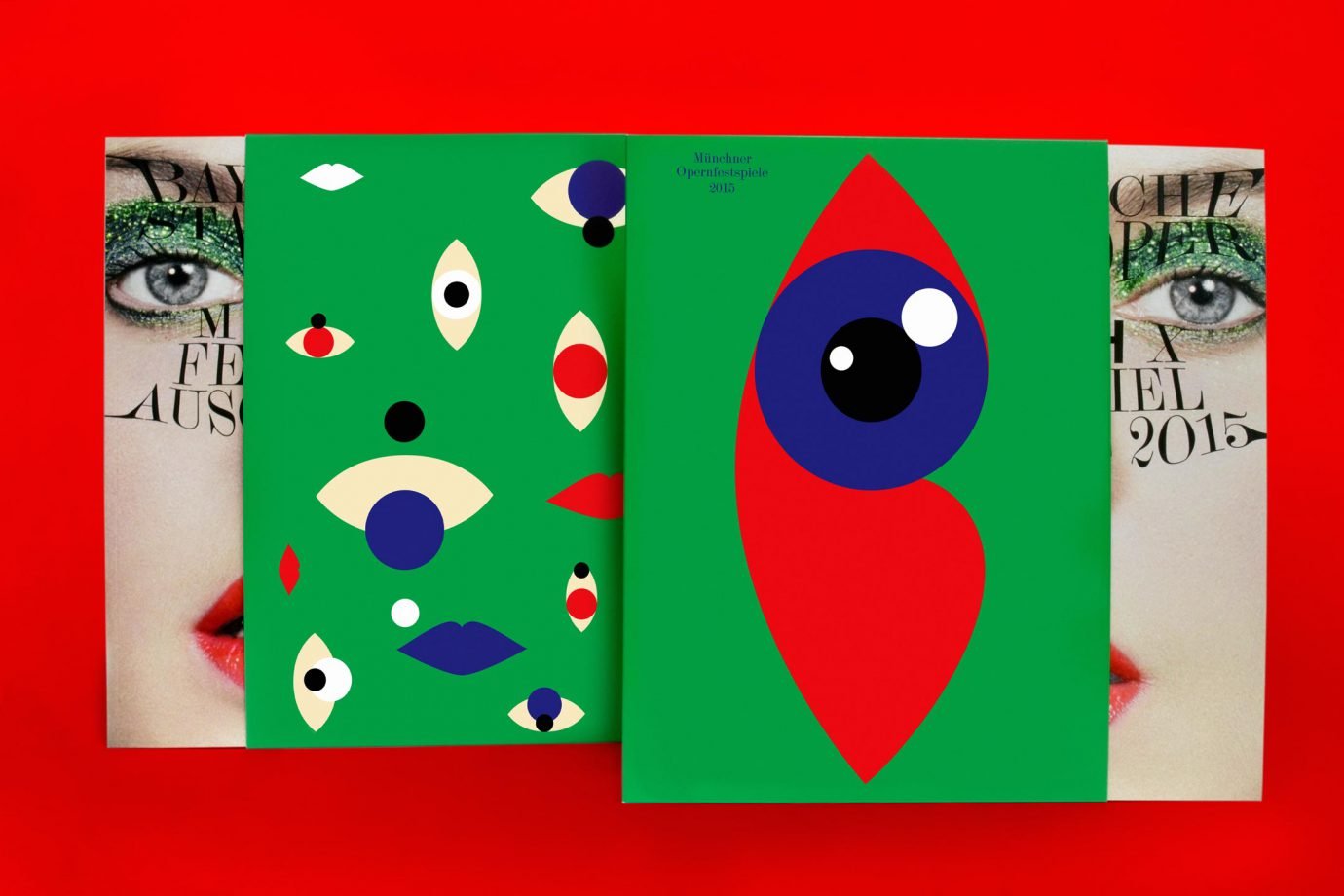“Growing up in Sydney, Australia, I wasn’t really thinking about fashion,” says womenswear designer Sarah Lim from her New York apartment. Fast forward to 2020, and it’s now become the center of her life. The Parsons MFA Fashion Design and Society graduate was always interested in subcultures as a teenager but fashion was never part of the conversation. Instead, Lim found herself studying fashion in college after picking it on a whim, for the sole reason that she’d obtained the highest score in it. “After that, I became fascinated by how people’s clothes, and what they choose to wear, can act as a cultural signifier,” she explains.
Sarah Lim: “Clothing is meant to be worn.”
A down-to-earth approach to design ready to embrace an uncertain future.
“Before this collection, I kept them very separate in my life. I don’t know why it didn’t click in my head to use them together.”
Lim’s recent project Strange Realities, Boring Fiction explores the repetitive routineness of growing up in suburbia, and how this often leads to a curiosity for the unusual or, as she describes it, the taboo. She is also an illustrator, and this collection marks the first time she has combined both talents: “Before this collection, I kept them very separate in my life. I don’t know why it didn’t click in my head to use them together.”
The collection was inspired by Lim’s interests including industrial music, rave flyers and Americana culture, which were then translated into archetypal, everyday garments, using her signature DIY-aesthetic. Bootlegging was also something Lim touched upon in the collection, as she used her skills to illustrate iconic pieces, such as Wrangler jeans or the Schott Perfecto jacket, and used those illustrations as graphics on her own pieces. The designer notes how this gives a sense of consistency to the collection. “Even if the garments are different in silhouette, there is a language that translates across the whole collection because of the illustration; it is its own world.”
Lim’s design process comes naturally to her: “I’ll have a general atmosphere in my mind… and then it’s about translating that into something aesthetically pleasing,” she says. Lim then uses her illustrations to give her designs a narrative. A narrative, Lim explains, is integral to each of her pieces. For this collection, she wanted it to be fun, and to encourage people to see the everyday in a more positive light. “The banal and the extreme can be super fascinating… it’s good to have balance. There will always be designers that do minimalist stuff, and others who are very extreme,” she adds. “I think finding the bridge between those is a very fun place to be.”
“When you’re not famous, social media is the fastest way to share your work.”
Designing through COVID-19, and while in lockdown in NYC, Lim admits she was forced out of her comfort zone. “My [design] process definitely changed during lockdown,” she says, explaining how being at home made her reevaluate what people actually want from their clothes. “There’s still a desire for fantasy and the narrative, but at the same time, clothing is meant to be worn.” She therefore worked on bringing more balance into her work: sticking to her conceptual signatures, but also addressing the over-production of clothes with more timeless pieces.
Being under lockdown, and unable to show collections physically, the designer was left thinking about the power of digital. “There’re so many digital platforms that seem a bit cheesy, but it’s such an important way to show work nowadays.” A large part of lockdown for Lim was spent upcycling pieces in her wardrobe that she no longer wanted to wear. This work, she explains, lent itself well to being promoted via Instagram. “When you’re not famous, social media is the fastest way to share your work.”
As many graduate designers in the same position have found, promoting work becomes increasingly important once they leave university. While she enjoyed her time studying, and the support network that came with it, Lim emphasises how important it is for designers not to get used to relying on institutions too heavily. “They’re businesses,” she says. “But that doesn’t detract from the fact that they’re great places to learn and refine skills.” Her advice to new students? “Go out and talk to people who don’t do fashion… to me that’s just as enriching.”
“I’ve never had a burning desire to have my own label, so the collection was a sort of portfolio.”
Post-graduation (and post-COVID) Lim hopes to work within the design department for an established brand. “I’ve never had a burning desire to have my own label, so the collection was a sort of portfolio,” she explains. Her lockdown upcycling work is currently being sold in a pop-up in Nouvelle Norme, Nagoya, after being approached by fellow Parsons alumnus Sho Konishi. This has given her an understanding of what can be possible with the use of technology. “It was cool to liaise on an international scale and have everything organised over Zoom meetings.”
For now, Lim is concentrating on adapting to an industry that has been drastically altered and hopes to see changes in the way it operates. “It would be nice if it was slower… with a better work/life balance,” she says. Despite these difficulties, she is optimistic about what the future holds and sees COVID-19 as an opportunity for emerging designers to re-establish the order. “There will be a lot of designers doing their own thing and creating different ways of operating within the industry,” she adds. Only time will tell if it is accurate or not, but Lim’s prediction will surely be welcomed by many throughout the industry.






























